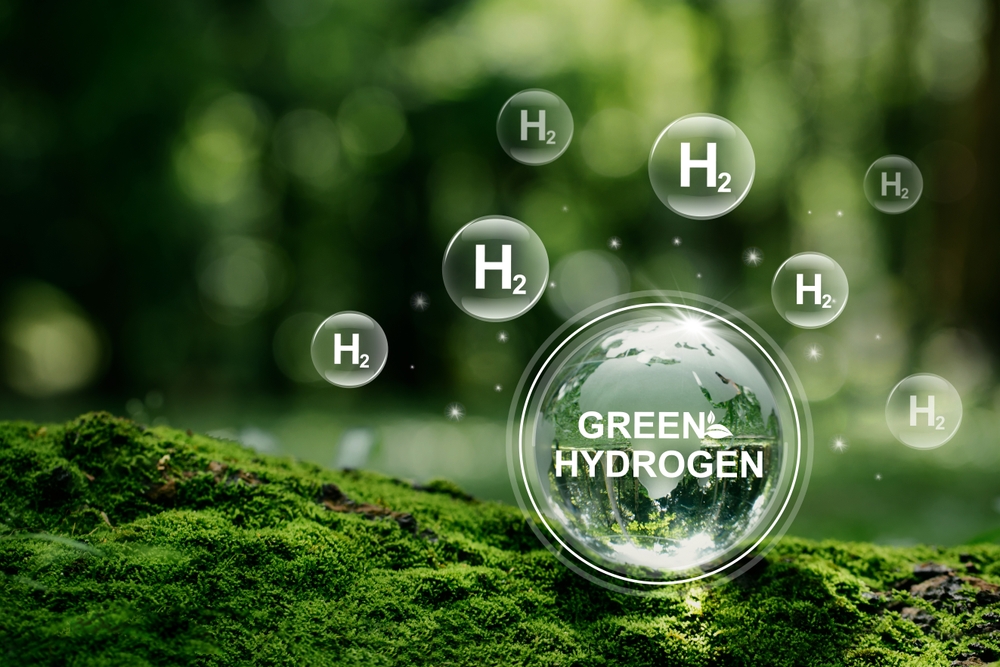Revolutionizing Green Hydrogen Production from Sugar Cane Waste with SECLG Process
Key Ideas
- A SECLG process simulation by the University of Johannesburg reveals high energy efficiency and significantly reduced unwanted by-products compared to conventional biomass gasification methods.
- The Sorption-Enhanced Chemical Looping Gasification (SECLG) process offers a more efficient way to produce green hydrogen, with higher purity and yields from biomass, lowering operational costs.
- SECLG's model estimates show high green hydrogen yield, low tar concentration, and reduced nitrogen dilution, offering the potential to reduce economic costs and additional equipment requirements.
- Further research is needed to address real-world challenges such as material degradation over time, solid material conveying, and efficient separation of ash and char for a viable SECLG system.
A groundbreaking study from the University of Johannesburg introduces a promising method, the Sorption-Enhanced Chemical Looping Gasification (SECLG) process, that can efficiently convert crushed sugar cane waste into green hydrogen. The process simulation indicates a remarkable increase in energy efficiency and a significant reduction in unwanted by-products like tar, carbon monoxide, carbon dioxide, and nitrogen compared to traditional biomass gasification techniques. This innovation could play a crucial role in decarbonizing energy-intensive industries like steel and cement in the future.
SECLG stands out for its ability to produce high purity green hydrogen at higher yields from biomass, making it a more energy-efficient and cost-effective solution. Professor Bilainu Oboirien and UJ Master’s candidate Lebohang Gerald Motsoeneng developed a mathematical model for SECLG, showcasing its potential for industrial applications. The estimated hydrogen yield from SECLG is considerably higher while the tar concentration and nitrogen dilution are significantly lower, indicating a positive economic impact.
However, challenges such as material degradation over time, solid material conveying, and efficient separation of ash and char still need to be addressed for SECLG to be viable on a larger scale. The research team is focusing on further experimental validation of the models and addressing key operational requirements like temperature, pressure, and conveyance systems. Collaboration and investment are essential to drive the sustainable implementation of SECLG technology and fully realize its potential for green hydrogen production.
Topics
Green Hydrogen
Technology
Sustainability
Energy Efficiency
Research
Decarbonization
Emissions Reduction
Industrial Innovation
Biomass Gasification
Latest News
